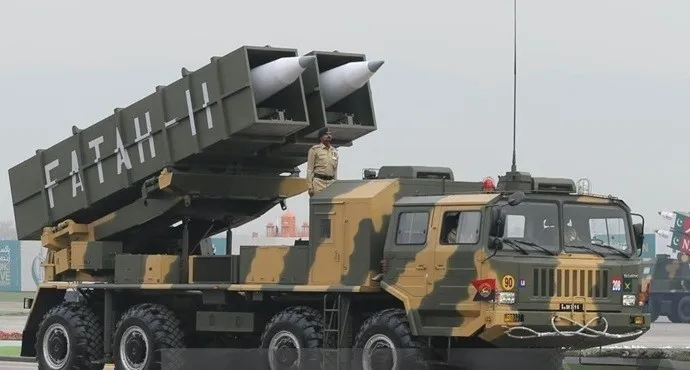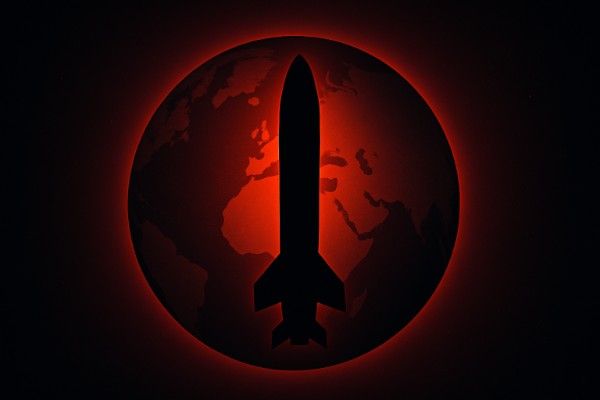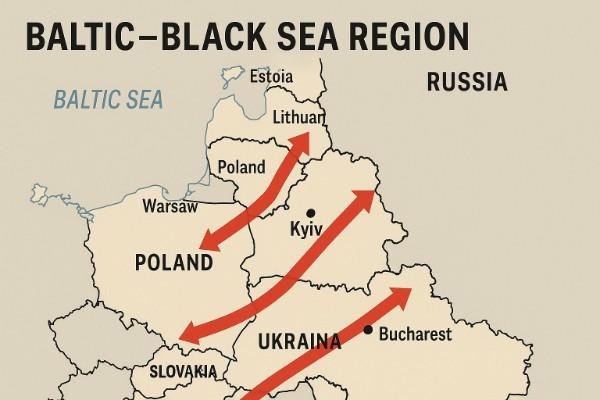Pakistan celebrates Defence Day every year on September 6th, which represents the resilience, sacrifice, and resolve of a nation against foreign aggression. The day is of huge importance in the history of Pakistan when, in the morning of 1965, Indian forces crossed the international border without warning and initiated a full-scale assault on different parts of Punjab and Sindh. However, the Pakistani nation stood firm against this daunting challenge with resilience. Although the war ended in a stalemate but this day is a reminder of the cohesion and dedication of Pakistan to defend its sovereignty.
While we are observing this day, it is essential to highlight that the revolution in military affairs has completely changed the dynamics of warfare. India and Pakistan are still engaging in conflicts with continuously evolving methods of warfare. The armored divisions and tank battles of 1965 have been replaced by precision-guided missiles, drone warfare, and cyber warfare of 2025. One of the prime reasons for this evolution is the nuclearization of South Asia, which has changed the way wars are fought. Nuclearization of the region has made changes through reshaping strategy, squeezing options, and elevating the escalation risks to alarming levels. Therefore, it is significant to look at September 6th through an analytical lens to understand how the character of conflict has changed, and how we must prepare for future wars.
The 1965 war was simple yet brutal, as it was a war of mass formations. Corps-level formations, armor duels, and the use of artillery were seen throughout Punjab. The war was fought under the Indian delusion that territorial gains could reshape negotiations. At the end of the seventeen-day-long battle, the Tashkent Accord was brokered and resulted in a ceasefire with both sides restoring to status quo ante; however, peace was not in sight. Despite these results, the legacy of 1965 is significant as it became a symbol of endurance and national unity for Pakistan. A staunch reminder that unity and resilience can preserve national sovereignty even in the face of overwhelming aggression. At that time, nuclear weapons were not present in the strategic calculation of South Asia, and escalation was restrained by diplomacy, not by the dangers of annihilation.
Sixty years later, the battlefield environment and character of war have changed where tanks have been replaced by drones. Armored columns and close combat have been superseded by stand-off strikes, precision-guided munitions, and cyber intrusion. On May 2025, missile strikes and drones were launched by India deep into Pakistani territory, targeting civilians and religious places. Pakistan also responded by striking Indian installations in Kashmir and beyond with salvos of missiles. In 1965, state-owned media was a major source of information; however, in 2025 crisis, images of battle were instantly broadcast across social media as the battle unfolded in compressed hours.
Furthermore, both sides were operating under the nuclear shadow, and they were acutely aware that any misstep could spiral into the unimaginable. The 2025 warfare was sharp, technologically sophisticated, and politically bound. In 1965, the objective was to redraw maps, but in 2025, the objective was to control narratives, display resolve, and preserve credibility under the constant gaze of international media. Finally, in 2025, the greatest restraint was not logistics, but the invisible shadow of nuclear deterrence.
Nuclear deterrence was introduced in South Asia in 1998, when nuclear tests were conducted by both India and Pakistan. From that moment on, warfare between India and Pakistan has completely changed, leaving the tactics of 1965 behind. What nuclear weapons did was to confine conflict within a limited range, which means that all-out war was no longer an option amid the fear of mutual destruction. However, paradoxically, this very ceiling encouraged instability at lower levels where states could engage in limited conflict under the nuclear threshold. The doctrine of Cold Start in India was born out of this concept to avoid full-scale war with Pakistan and conduct short and intense strikes within Pakistan to avert a full-scale retaliation from Pakistan. In response to Indian Cold Start posturing Pakistan came up with Full Spectrum Deterrence, a comprehensive approach to nuclear deterrence which involves developing of comprehensive range of nuclear capabilities to counter multiple levels of threat raging from tactical to strategic.
With the introduction of nuclear warfare in strategic calculus, the stability-instability paradox became the defining feature of South Asian conflict: strategic stability at the top and dangerous instability at the bottom. This concept emphasized that the future wars would not be about conquering cities but about testing thresholds, probing red lines, and managing escalation.
The human element in 1965 was measured through soldiers fighting face-to-face; however, in 2025, the human element is filtered through screens and sensors in the form of satellite maps, troop movements, drone strikes guided by algorithms, and cyber operations to disable infrastructure. This does not reduce the efficacy of the frontline soldiers, but now war is increasingly fought in the invisible domains of information and technology. Now virtues of human will and spirit are expressed in hybrid battlefields where perception, speed, and precision matter as much as tanks once did.
Although nuclearization has not eliminated the probability of conflict between India and Pakistan but it has squeezed it into shorter and sharper forms. Now, regional security is no longer shaped by grand territorial gains but by developing capabilities in cyber, space, and information. The duration of wars has also altered and wars would no longer extend across months or weeks; rather, they start and fade away in days. These wars have narrow objectives but higher risks of escalation, and global consequences, stretching beyond the regional bounds. In the end, September 6th is not merely a date of remembrance; it is a moment of reflection on how future battlefields will evolve. It is a story of how Pakistan has evolved and adapted to in the face new threats. The path ahead lies not in reliving the past, but in learning from it, fortifying unity at home while building safeguards against the perilous uncertainties of the future battlefields.
Table of Contents
ToggleSidra Shaukat
The author is a Research Officer at the Strategic Vision Institute in Islamabad.












